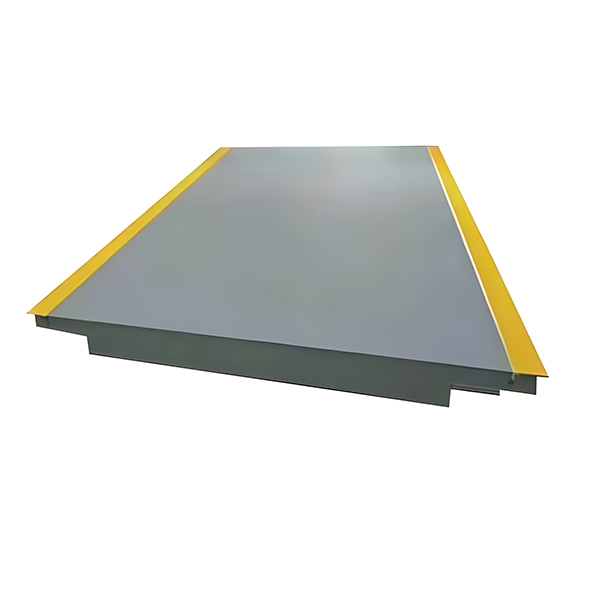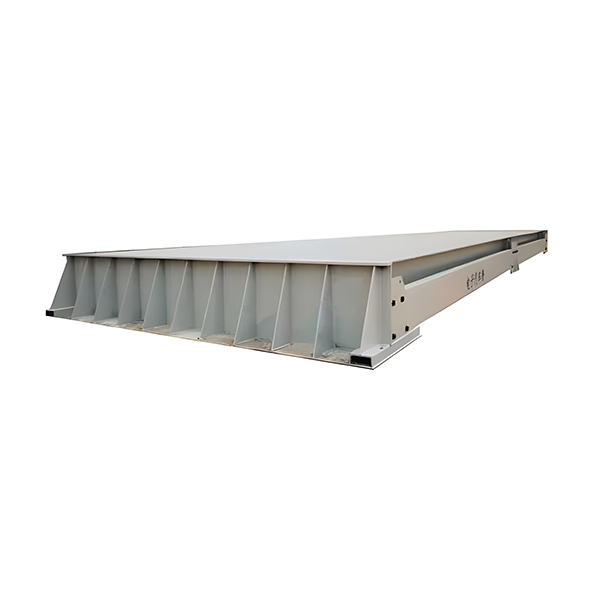Web Menu
Product Search
Exit Menu
How does a truck scale work?
How a Truck Scale Works
1. Core Components
Weighbridge (Platform): A large, sturdy steel or concrete structure that supports the truck during weighing.
Load Cells: High-precision sensors placed beneath the platform to measure weight.
Junction Box: Collects signals from multiple load cells and sends them to the indicator.
Indicator (Display Unit): Processes the signals and shows the weight digitally.
Cables & Wiring: Connects all components for data transmission.
2. Weighing Process
Vehicle Entry: The truck drives onto the weighbridge and comes to a complete stop.
Weight Distribution: The truck’s mass applies force evenly across the load cells.
Signal Conversion: Load cells convert mechanical force into electrical signals.
Data Processing: The junction box combines signals, and the indicator calculates total weight.
Weight Display: The result is shown on the digital screen and often printed or stored.
3. Types of Truck Scales
Pit-Mounted: Embedded into the ground for a flush surface, ideal for harsh weather.
Surface-Mounted: Installed above ground, easier to install and maintain.
Portable: Temporary scales for on-site weighing (e.g., agriculture, construction).
4. Accuracy & Calibration
Regular Calibration: Ensures precise measurements by comparing against certified weights.
Environmental Adjustments: Compensates for temperature changes, vibrations, or debris.
5. Common Applications
Trade & Commerce: Weighing goods for fair pricing (e.g., mining, agriculture).
Regulatory Compliance: Preventing overloaded trucks on highways.
Logistics & Inventory: Tracking shipment weights for supply chains.
6. Key Features for Reliability
Durability: Built to withstand heavy loads, weather, and constant use.
Anti-Cheating Mechanisms: Tamper-proof designs to prevent manipulation.
Data Logging: Stores weights for records, reports, or legal compliance.
7. Safety & Best Practices
Proper Alignment: Trucks must be fully on the scale for accurate readings.
No Movement: Weighing requires a stationary vehicle to avoid errors.
Maintenance: Regular cleaning and inspection prevent malfunctions.

-
Add: Building 3, No. 355, Xiangshan East Road, Binhai Economic Development Zone, Cixi City, Ningbo, Zhejiang, China.
-
Tel: +86-18969402526
-
Phone: +86-0574-86817102
-
E-mail: [email protected]

 English
English 中文简体
中文简体





